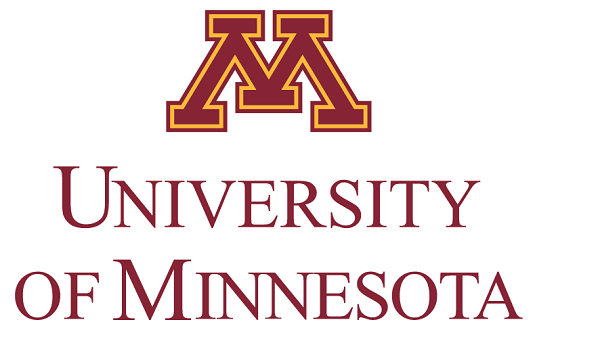

A recent study led by MycoLab researchers takes new steps to eliminating Mycoplasma hyopneumoniae (M. hyopneumoniae), a bacterium that causes respiratory illness in pigs. M. hyopneumoniae is one of the most significant bacterial swine pathogens worldwide, impacting animal welfare and causing significant economic losses for the swine industry. The findings from this study demonstrate a diagnostic strategy aimed at helping to eliminate the pathogen from individual herds—and eventually, to eradicate it altogether.

The study was led by Dr. Amanda Sponheim, a PhD student in the Department of Veterinary Population Medicine, and Dr. Maria Pieters, associate professor and director of the Swine Disease Eradication Center at CVM. Not only is M. hyopneumoniae costly for farmers, says Pieters, but the pneumonia it causes significantly impacts animal welfare: “These pigs are really suffering, and it essentially destroys the system that cleans their respiratory tract, opening the door to other infections.”
In the study, Pieters and her team honed in on the crucial step of confirming the exposure of female pigs newly introduced to a herd, known as replacement gilts, to the pathogen. Gilts are regularly introduced to herds to improve productivity, but that process can create an ongoing cycle of illness as replacement gilts and their piglets are exposed to disease circulating in a herd.
Read the full write up on the CVM website
Abstract
Breeding herds in the US are trending toward eradication of Mycoplasma hyopneumoniae (M. hyopneumoniae) due to the positive impact on welfare and downstream production. In an eradication program, “Day 0″ is the time point when the last replacement gilts to enter the herd were exposed to M. hyopneumoniae and marks the beginning of a herd closure. However, no specific diagnostic protocols are available for confirmation of successful exposure to define Day 0. Therefore, the objective of this study was to develop diagnostic guidelines, including sample collection approaches, for two common gilt exposure methods to confirm an entire population has been infected with M. hyopneumoniae following purposeful exposure. Forty gilts, age 21–56 days, were ear-tagged for longitudinal sample collection at five commercial gilt developer units (GDUs) and were exposed to M. hyopneumoniae by natural contact or aerosolization. Study gilts originated from sources known to be negative to major swine pathogens, including M. hyopneumoniae, and were sampled prior to exposure to confirm negative status, then every two weeks. Blood samples were collected for antibody detection, while laryngeal and deep tracheal secretions and pen based oral fluids were collected for PCR, and sampling continued until at least 85% of samples were positive by PCR. Detection of M. hyopneumoniae varied greatly based on sample type. Oral fluids showed the lowest detection in groups of gilts detected positive by other sample types. Detection by PCR in deep tracheal secretions was higher than in laryngeal secretions. Seroconversion to and PCR detection of M. hyopneumoniae on oral fluids were delayed compared to PCR detection at the individual level. By two weeks post-exposure, at least 85% of study gilts in three GDUs exposed by aerosolization were PCR positive in deep tracheal secretions. Natural contact exposure resulted in 22.5% of study gilts becoming PCR positive by two weeks post-initial exposure, 61.5% at four weeks, and 100% at six weeks on deep tracheal secretions. Deep tracheal secretions required the lowest number of gilts to sample for the earliest detection compared to all other samples evaluated. As observed in one of the GDUs using aerosolization, demonstration of failure to expose gilts to M. hyopneumoniae allowed for early intervention in the exposure protocol and delay of Day 0, for accurate timing of the eradication protocol. Sampling guidelines proposed in this study can be used for verification of M. hyopneumoniae infection of gilts following exposure to determine Day 0 of herd closure.




